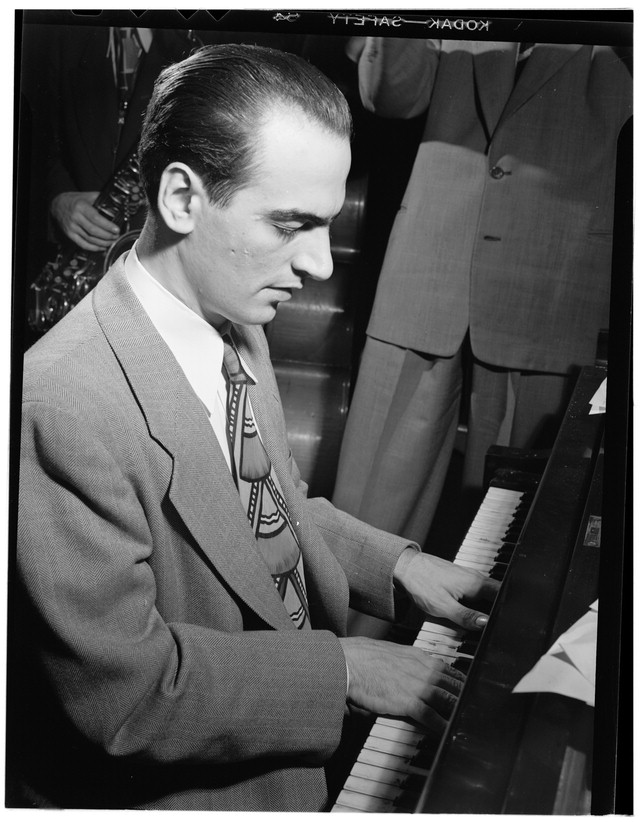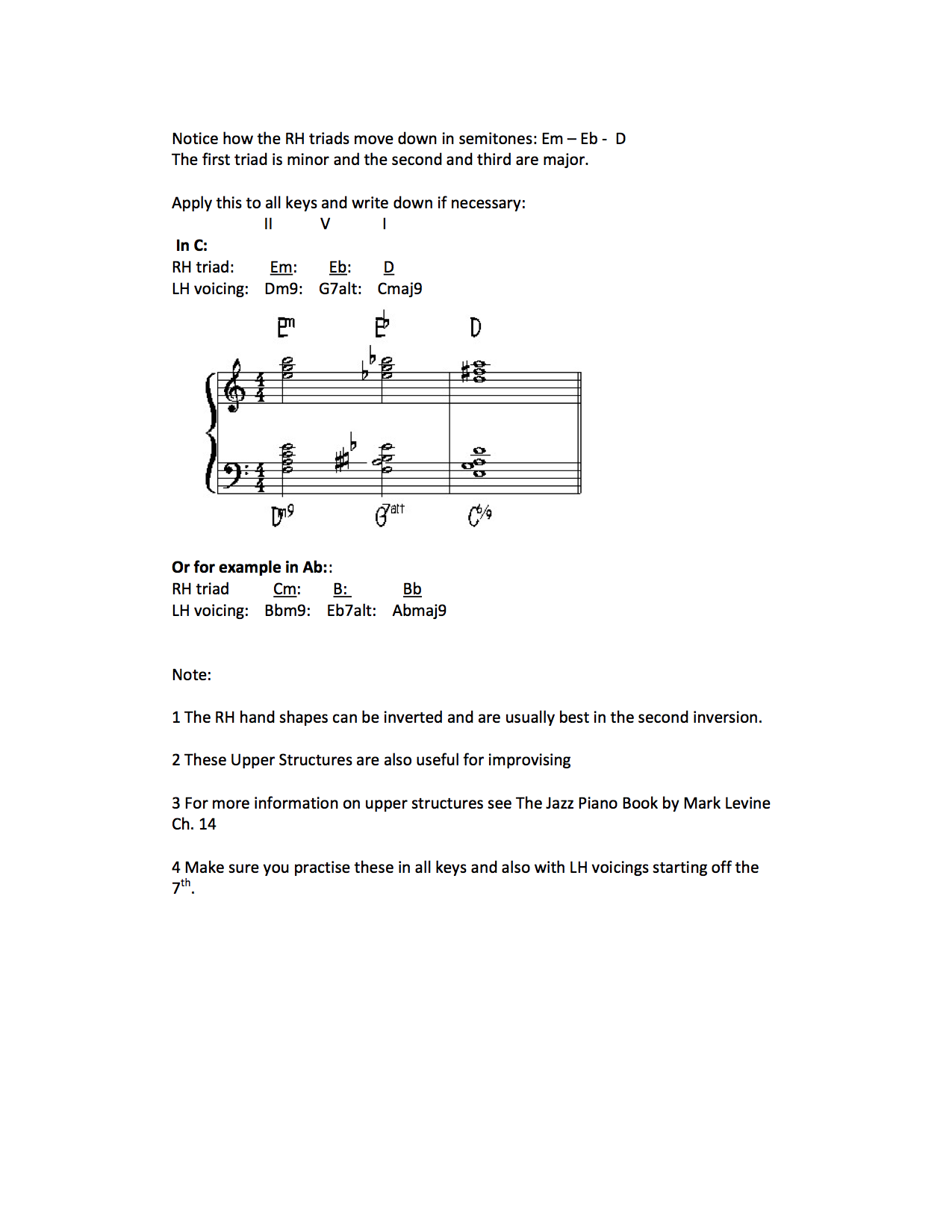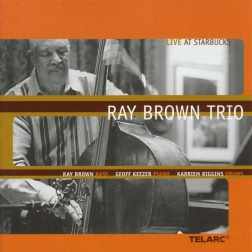Improv Column: Terry Seabrook’s Jazz Tip of The Month No. 19

It is very easy to get habituated to playing loud because it is often a way of creating energy and excitement in music but volume can become a one-way street if you are not careful and it is very easy to end up playing too loud a lot of the time.
If you are playing at volumes which are unsafe (100db) then you need to take action early on in your music career. And you will be very surprised how “unloud” 100 db is. You can get a rough idea by purchasing the sound check sound level indicator for about £12 from www.sensorcom.com
Deciding on how loud you should play needs constant monitoring and evaluation of the situation. Dynamics may be written into the piece but in jazz this quite rare so you need to make your own dynamics. A piece with dynamics (that is contrasts between quiet and loud – piano to forte ) has much more chance of engaging the audience because it creates an extra layer of drama and helps to reinforce the journey through time that is an essential part of a musical piece. Playing at a constant volume, loud or quiet can sound relentless or lifeless. So improvise your own dynamics as you play; have the band leader or soloist direct the dynamics.
Although most rock bands play loud most of the time it is now known that
Orchestral players are regularly exposing themselves to 120 db (very dangerous) and apparently most conductors have hearing loss because of this.
The problem for many jazz musicians and the like is that they use their own amps for both self-monitoring as well as delivering to the audience. The level for the audience needs to be louder so the musicians monitor themselves at levels which are not safe (even though the audience would judge the music as quite acceptable). The proper solution for this is to have a separate speaker system (PA) for front of house to the on stage monitoring. You might this should not be necessary in most jazz contexts where venues are small but I have frequently found that I am playing at a comfortable volume when members of the audience can’t hear me and want me to turn up.
The best maxim is to get other musicians to turn down (especially amplified ones) rather than some to turn up. The dynamics of jazz are quite different to classical orchestras which have had over 200 years of evolution to develop a perfectly balanced ensemble of up to 100 musicians. To my mind this is one of the major achievements of Western culture. To hear a solo violinist or pianist stand out clearly alongside a symphony orchestra is an extraordinary achievement and yet in jazz a grand piano is so easily lost behind a loud drummer or saxophonist. So in many ways we jazz musicians need to be even more sensitive to the issue of balance in the ensemble. It is something we should be willing to talk about all the time on the bandstand. It is not a put down to be asked to play a little quieter (or a little louder).
Finally, remember that as musicians you need your hearing to earn your living. If you are in the habit of playing loud music, you run the risk of damaging your hearing and your living and so should consider wearing hearing defence ear plugs. These come in a variety of designs and costs but the best ones are those which are custom made and cost around £150 and require and impression to be taken of your ears. These devices will lower the decibel level in a n even way across the entire audio range which is what is required if you want “clear” hearing You can opt for 10-25db gain reduction.
The best maxim is to get other musicians to turn down (especially amplified ones) rather than some to turn up. The dynamics of jazz are quite different to classical orchestras which have had over 200 years of evolution to develop a perfectly balanced ensemble of up to 100 musicians. To my mind this is one of the major achievements of Western culture. To hear a solo violinist or pianist stand out clearly alongside a symphony orchestra is an extraordinary achievement and yet in jazz a grand piano is so easily lost behind a loud drummer or saxophonist. So in many ways we jazz musicians need to be even more sensitive to the issue of balance in the ensemble. It is something we should be willing to talk about all the time on the bandstand. It is not a put down to be asked to play a little quieter (or a little louder).
Finally, remember that as musicians you need your hearing to earn your living. If you are in the habit of playing loud music, you run the risk of damaging your hearing and your living and so should consider wearing hearing defence ear plugs. These come in a variety of designs and costs but the best ones are those which are custom made and cost around £150 and require and impression to be taken of your ears. These devices will lower the decibel level in a n even way across the entire audio range which is what is required if you want “clear” hearing You can opt for 10-25db gain reduction.
Terry Seabrook
This article first appeared in the March 2015 issue of The Sussex Jazz Magazine, available here.



